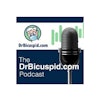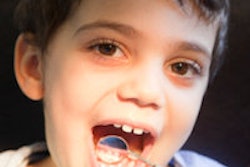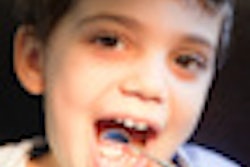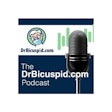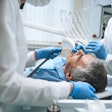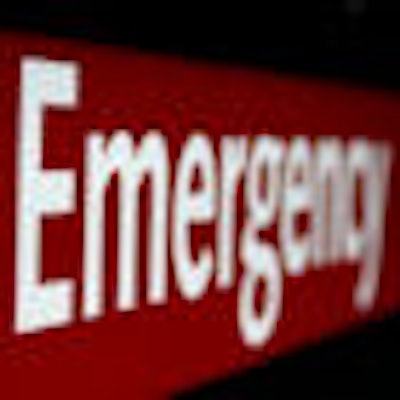
The number of young children with early childhood caries (ECC) who sought treatment at emergency departments (EDs) and ambulatory surgery facilities (ASFs) in New York state rose sharply between 2004 and 2008, and the costs of treating them nearly doubled, according to a new study in the Journal of the American Dental Association (January 2012, Vol. 143:1, pp. 59-65).
Using data from the New York State Department of Health's Statewide Planning and Research Cooperative System, researchers from the health department evaluated 25,622 ECC-related visits to New York hospitals and freestanding healthcare centers, averaging 5,124 cases per year for the period studied.
Children younger than 6 who sought treatment at EDs and ASFs for ECC and related pulpal conditions increased by 32% between 2004 and 2008 across the state, the study authors found. And the cost of treating the children nearly doubled, from $18.5 million to $31.3 million in the five-year span, while the average charges per visit increased from $4,237 to $5,501.
"Considering that dental caries is preventable and easily treatable when diagnosed early, we found it intriguing that a significant number of young children visit EDs and ASFs for ECC treatment," researchers noted.
Most of the children were brought to ASFs (84.4%), and most of the time parents paid for the treatment (71.4%), followed by Medicaid reimbursements. However, since a majority of the families lacked insurance and could not afford to pay for the treatments, the costs were passed on. Ultimately, such treatment is paid for through other sources, such as philanthropy, higher charges to private-paying patients, higher co-payments by Medicaid and Medicare patients, or state and local taxes, according to the study authors.
Boys were brought to both types of facilities more than girls, and children in New York City had fewer visits than those in the rest of the state, the authors noted. Children ages 3 to 5 had higher visit rates than those who were younger, while 4-years-olds were brought in the most frequently. Children whose race was "other" had the highest visit rates (670.7 and 1,528.9 per 100,000 children in 2004 and 2008, respectively).
Most of the ED visits involved children with painful infections who were treated with antibiotics and analgesics. A majority of the youngsters who were brought to ASFs had significant caries, which were treated by extraction or restoration, the researchers found. Nearly half of those brought to ASFs were treated under general anesthesia (47%).
Interestingly, a significant increase (40.3%) in the use of general anesthesia to treat young children during the five-year period may have resulted from dentists' preferences or higher disease burdens among the patients, according to the study authors.
Similar situation in other states
The findings reflect similar situations in Texas and California, the researchers noted, and are consistent with the nationwide growth of early childhood caries, especially among children from poor families who lack insurance.
Parents who take their youngsters to EDs for toothaches and ASFs for subsequent restorative care is a well-known way to get dental care for patients who lack the usual access, according to the authors. The causes behind the phenomena were attributed to the following:
- Significant growth of caries nationwide (15% increase between 1999-2004)
- Low income, poor economy
- Young age of the patients
- Lack of insurance or being enrolled in Medicaid
- Lack of awareness about timely intervention among parents or caregivers
- Lack of a primary care dentist
- Limited number of dentists willing to treat young children
- Low number of dentists who accept Medicaid
- Proximity to a children's hospital or a regional medical center
To reduce ECC-related visits, New York's health department in 2005 recommended training pediatricians and other child health professionals to do oral risk assessments and fluoride varnish applications. Another suggestion envisioned Medicaid reimbursements for such services.
The researchers also recommended interventions such as evidence-based oral health education campaigns suggested in the Patient Protection and Affordable Care Act. Such measures can help educate pregnant women and parents of high-risk children to help prevent ECC and stop the disease before it becomes life-threatening, they pointed out.
Dental professionals and lawmakers need to address the growing burden on emergency facilities, which are treating more and more young children with ECC, the study authors urged.
"We believe that the findings of our study are significant enough to create awareness among dental and medical professionals and policymakers regarding the burden of ECC-related ED and ASF visits on healthcare systems primarily designed for addressing medical emergencies and surgical procedures, respectively," they concluded.
